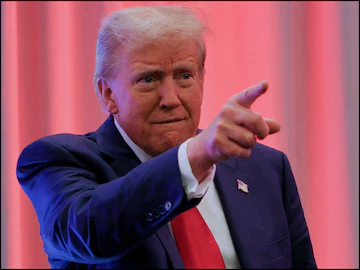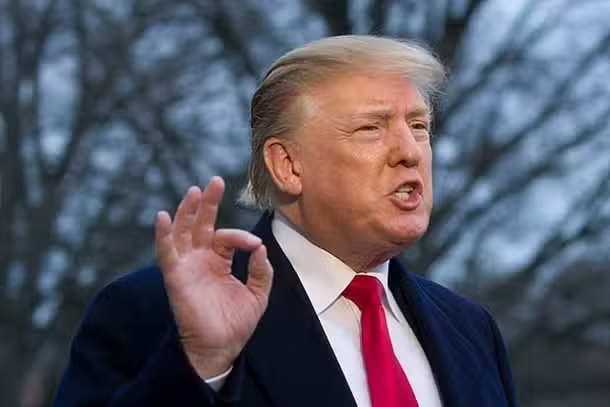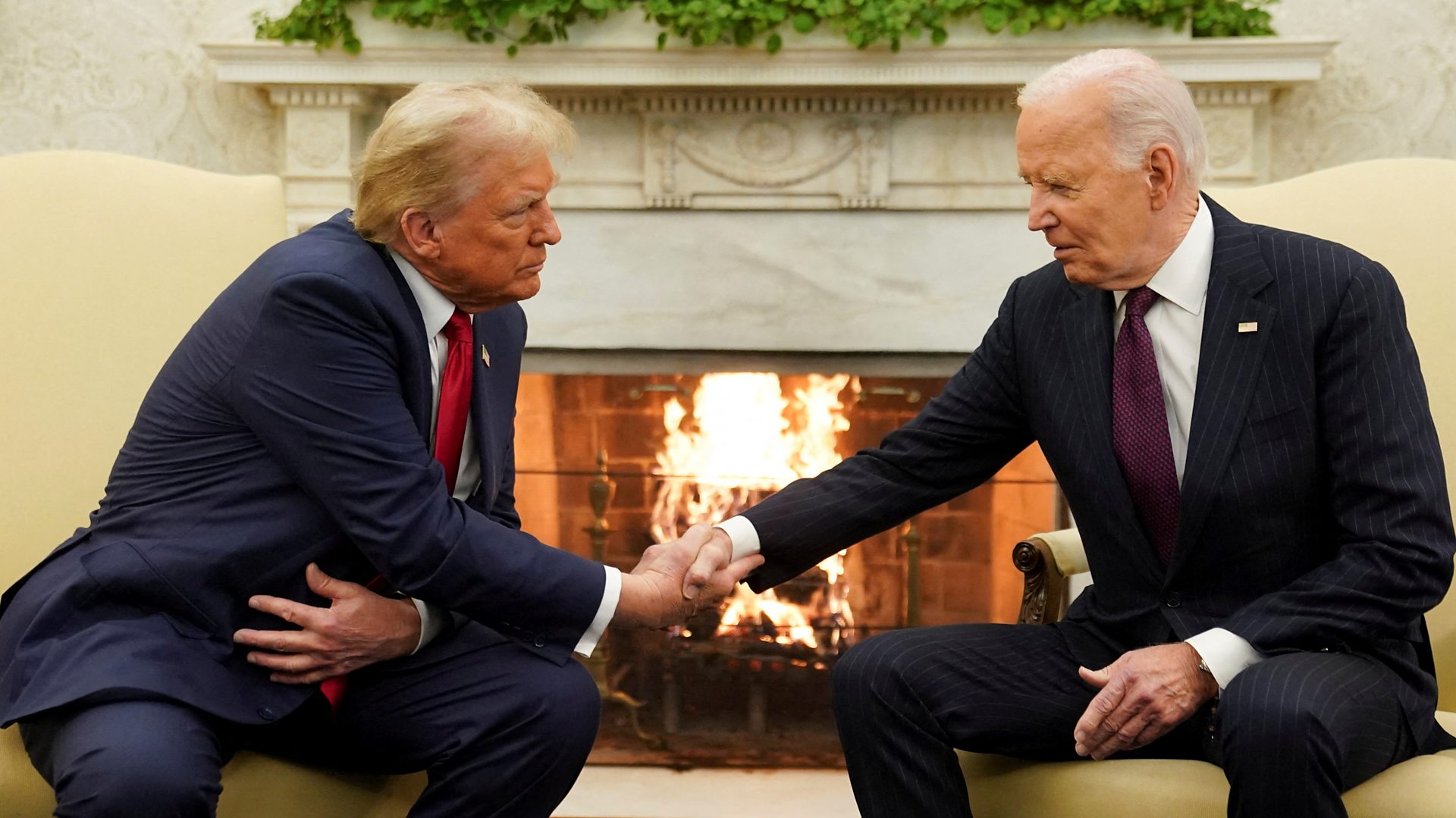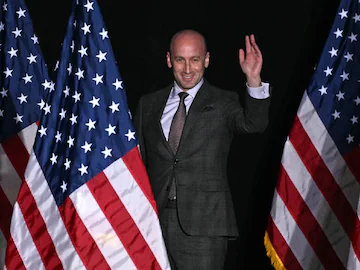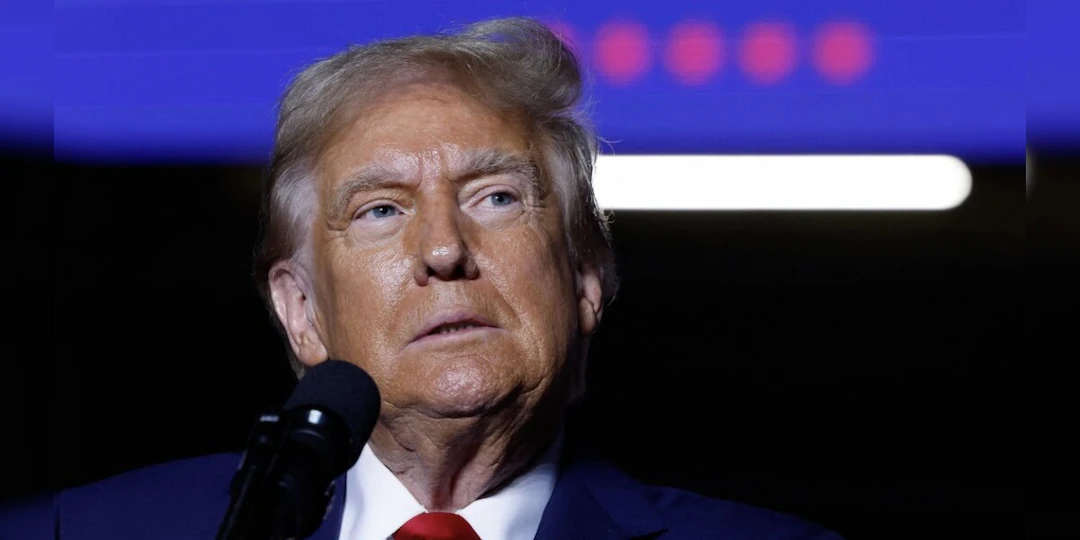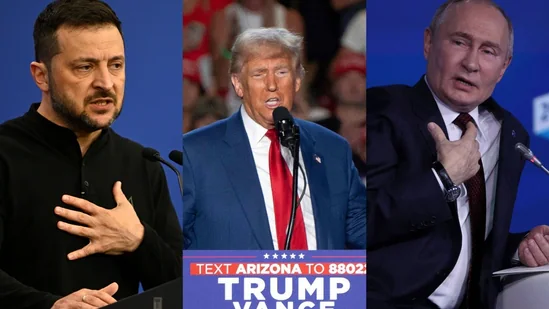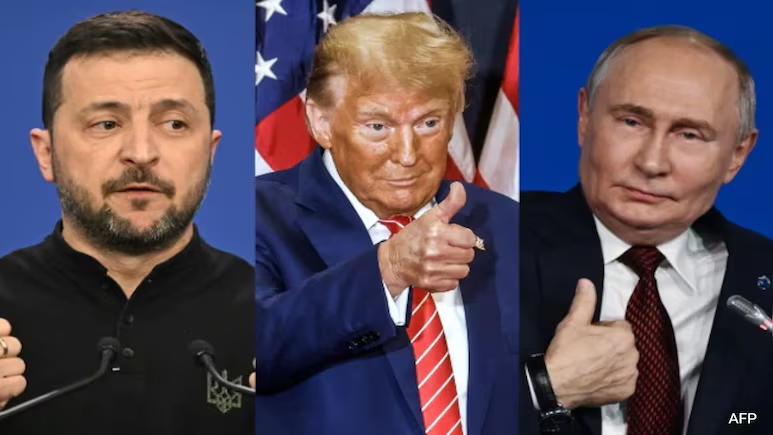The Logistics Of Trump's Deportation Dream Are Not So Pretty
11/19/2024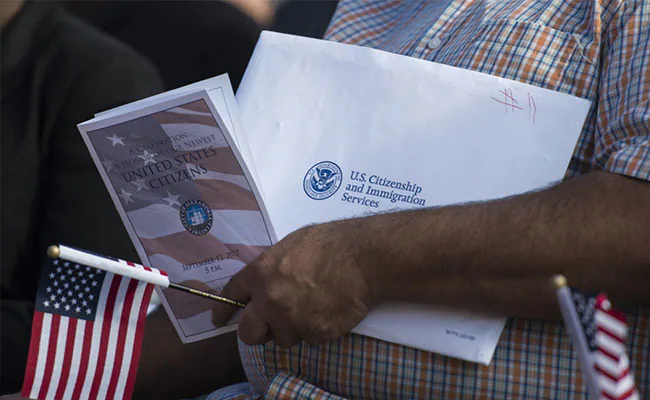
Donald Trump hit the ground running as President-elect, dedicating his first week to assembling his team. By the start of his second week, he announced on Truth Social his intention to declare a national emergency on border security. His plan includes suggestions that he might deploy the National Guard to execute a mass deportation of undocumented migrants—a bold move that underscores the priorities of his administration. Yet, specifics remain unclear on how this colossal undertaking will actually be managed.
‘Trumpworld', as many are calling it, promises to be a land purged of its estimated 11 million undocumented immigrants. "America First" policies will be this world's mantra. It will be a world where work begins to Make America Great Again (MAGA) and, of course, a world where a revival of hardline conservative values has long been awaited. The MAGA campaign, as envisioned by Trumpworld and its far-right champions, pledges to drive all undocumented immigrants out. It must concern Indians too, given that around 7,25,000 of the estimated 11 million undocumented immigrants in the US are from India, according to the Pew Research Centre. It makes them the third-largest group after Mexico and El Salvador.
Indians In US: A Tale Of Extremes
Indian immigrants in the US are often celebrated for powering the success of Silicon Valley, but the quiet contributions of the thousands of undocumented Indians rarely get a mention—largely because they are living in the country illegally. They make up nearly 6% of the country's total undocumented migrants. Together, their population is 2.71 million-strong. The total number of both legal and illegal Indian immigrants is second only to Mexico (4.5 million). Now that Trump is back in the White House, uncertainty looms for many of these Indian immigrants, most of whom are young and settled in their jobs.
Can Bluster Turn Into Policy?
Tom Homan will be in charge of America's borders following Trump's inauguration in January. A former police officer and ex-director of US Immigration and Customs Enforcement (ICE), a federal agency responsible for enforcing immigration laws within the US, Homan is known for his hardline rhetoric. At the Republican National Convention this year, he didn't mince words as he warned undocumented immigrants: “You better start packing now.”
Besides Homan's appointment as the Border Czar, Trump has also nominated Stephen Miller as Deputy Chief of Staff for Policy. Both positions reinforce his campaign promise of being extremely tough on immigration and deporting all illegal immigrants. Homan will oversee, among other things, US borders and deportations, while Miller, known for his role in shaping Trump's immigration stance during his first term, will focus on implementing the administration's mass deportation promises. It has been announced that South Dakota Governor Kristi Noem will serve as Secretary of Homeland Security, coordinating with Homan and Miller on border security initiatives.
However, the hurdles in actually executing Trump's grand plan are staggering. The logistics of ramping up the system are as daunting as the rhetoric is bold.
Tracing Origins
In order to deport a person with no documents or passport, border agencies have to first establish beyond doubt which country a potential deportee comes from. Let me draw a parallel here. India faces a similar problem with regard to many Nigerian immigrants. Once, an annoyed Javed Ahmed, former Mumbai cop and Maharashtra police chief, told me how it was nearly impossible to deport overstayed Nigerians back to their country. Why? Because once in India, they would destroy their passports and all other national IDs so that the authorities would not be able to establish their Nigerian antecedents. Unless their origins are established, the Nigerian government is within its rights to refuse to accept them.
So, if the US government wants to send an undocumented Indian back to India, it won't be easy. The US does have repatriation agreements with Mexico and some Central American countries, but these agreements primarily focus on recent border crossers, not long-term undocumented immigrants. For those residing in the US for 10 years or more, removal procedures become complex. Documentation, verifying citizenship and obtaining travel documents can be difficult. Also, removing long-term residents may separate families, and returnees may face challenges in reintegrating into their countries of origin. These difficulties have been acknowledged by the US government itself.
Manpower Shortage
Another challenge is the lack of manpower. Immigration enforcement agencies are stretched thin, which partly explains why even during Trump's first term, the average annual deportation rate was 3,50,000—a figure that pales in comparison to Obama years, which saw 4,32,000 deportations in a single year. Ironically, it was Obama who had appointed Tom Homan to oversee these deportations.
Trump's supporters have floated the idea of enlisting the National Guard, one of the oldest elements of the US armed forces, to solve the manpower crunch, but experts like Jean Lantz Reisz from the Gould School of Law warn this would likely invite legal challenges. The Supreme Court has made it clear that the President cannot unilaterally deploy the military for immigration enforcement. Attempts to use the Insurrection Act of 1807, a federal law authorising the President to deploy the army to quell domestic insurrections when state authorities request assistance or national security is threatened, would likely hit the same legal wall.




